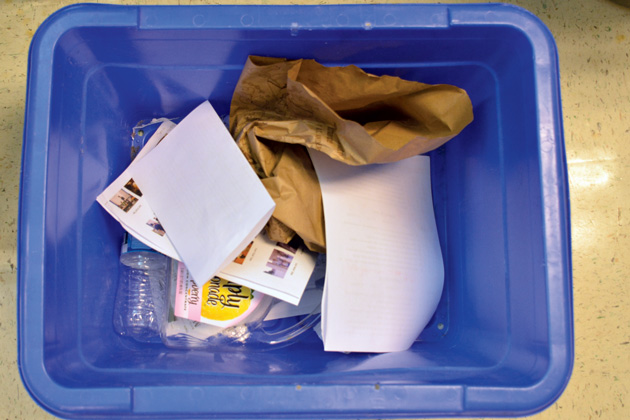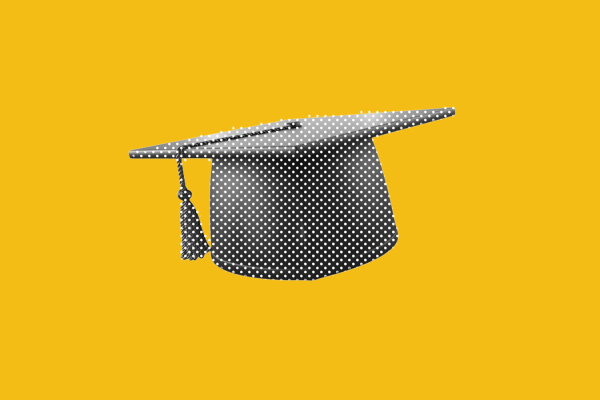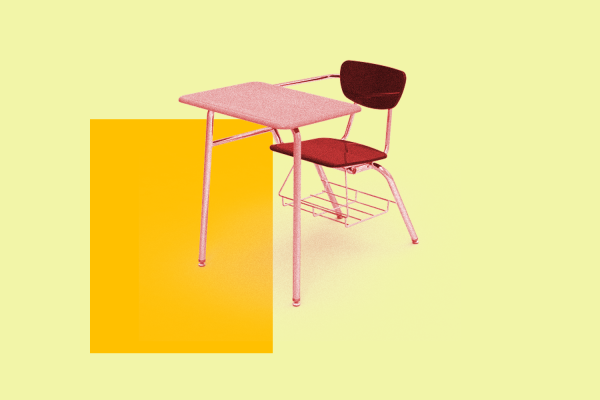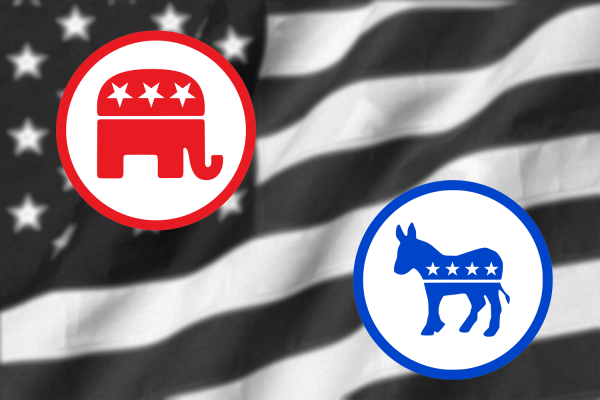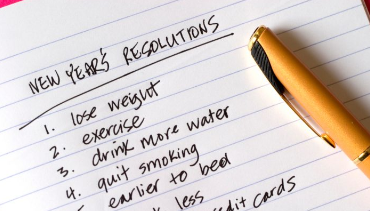Waste Not, Want Not
The time to care about the environment is now
Think about how much paper you have in your binder. Multiply that by the number of students in the school (2,655), then by the number of high schools in Texas (nearly 2,000). And that’s just one state out of 50.
Americans generate an incredible amount of waste. According to Recycling Across America, every hour 2.5 million plastic bottles find a way into trash cans across the nation. Each year, we could build a wall from Seattle to New York 12 feet tall with the paper thrown away from our offices. Recycling has the capability to drastically reduce the amount of trash we generate, as well as save energy and resources – if three quarters of the population were to recycle it would be the equivalent of 50 million less cars on the road every year. Yet fewer than 35 percent of American homes and less than 10 percent of American businesses recycle.
McNeil, along with most other schools, contributes to the staggering statistics. Even when there are recycling bins available, they aren’t frequently used. And when they are used, the contents don’t always end up in the big bin collected by the city.
It’s easy to just throw away that handout your teacher gave you. It’s easy to use styrofoam plates and empty rejected leftovers in the trash cans in the cafeteria. And it’s easy to use plastic water bottles.
What’s easy isn’t always what’s best, though. We need to start caring about our effect on the environment, to start reducing, reusing and recycling. The school can ensure that there are recycling bins in every class, and encourage students to utilize them for their unwanted papers. The custodians can empty the recycling into the large recycling bins, making sure that it doesn’t get reincorporated into the trash. There are bottles that can be used, washed, and used again, instead of overflowing landfills with disposable plastic bottles.
Even when the results of our actions are not immediately visible, the consequences still need to be considered. Every paper towel, every Ozarka bottle, every styrofoam plate came from somewhere and will go somewhere. If a tree fell every time a paper was thrown away with a recycling bin within reach, maybe less paper would be thrown away. If the power went out every time a plastic bottle was put in the trash, maybe there wouldn’t be 2.5 million plastic bottles put in trash cans every hour.
As a community, McNeil can be an example of a conscientious, environmentally aware school. There could be an emphasis on paying attention to the impact our trash has on the world, from landfills to energy consumption. In order to reduce our waste, we could adopt a program in which recycling bins are available for paper, as well as plastic bottles and cans. Maybe, eventually, there could be composting and reusable trays in the cafeteria, too. But properly utilizing our paper recycling bins is a good start.
Your donation will support the student journalists of McNeil High School. Your contribution will allow us to purchase equipment and cover our annual website hosting costs.

